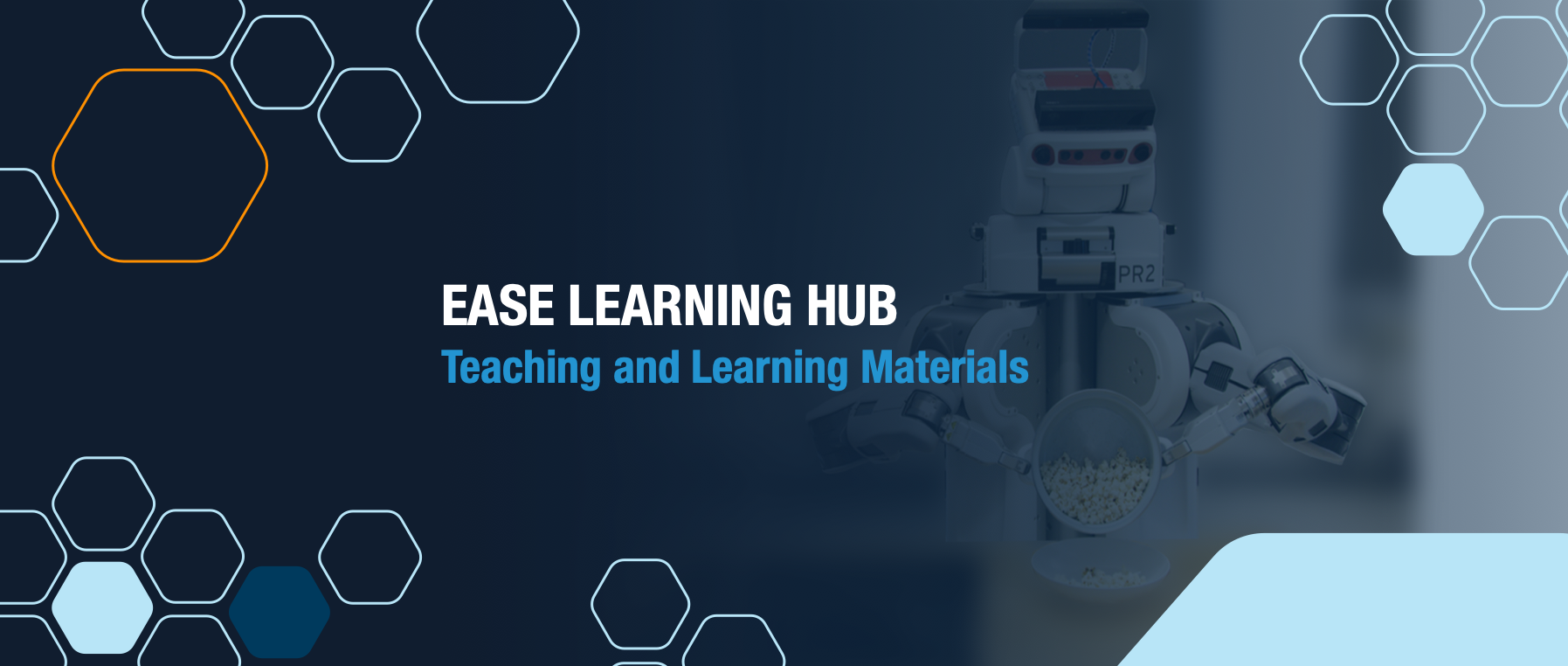Humanoid Robots in Everyday Activities
Part 1: Kei Okada starts his first talk with a short introduction on the history of humanoid robotics research at JSK and presents various former projects such as HARP (Human Autonomous Robot Project) . He then continues to explore knowledge representation of everyday activities and knowledge-based object localization before concluding with motion imitation for robots. The compact and thorough presentation is suitable for beginners.

